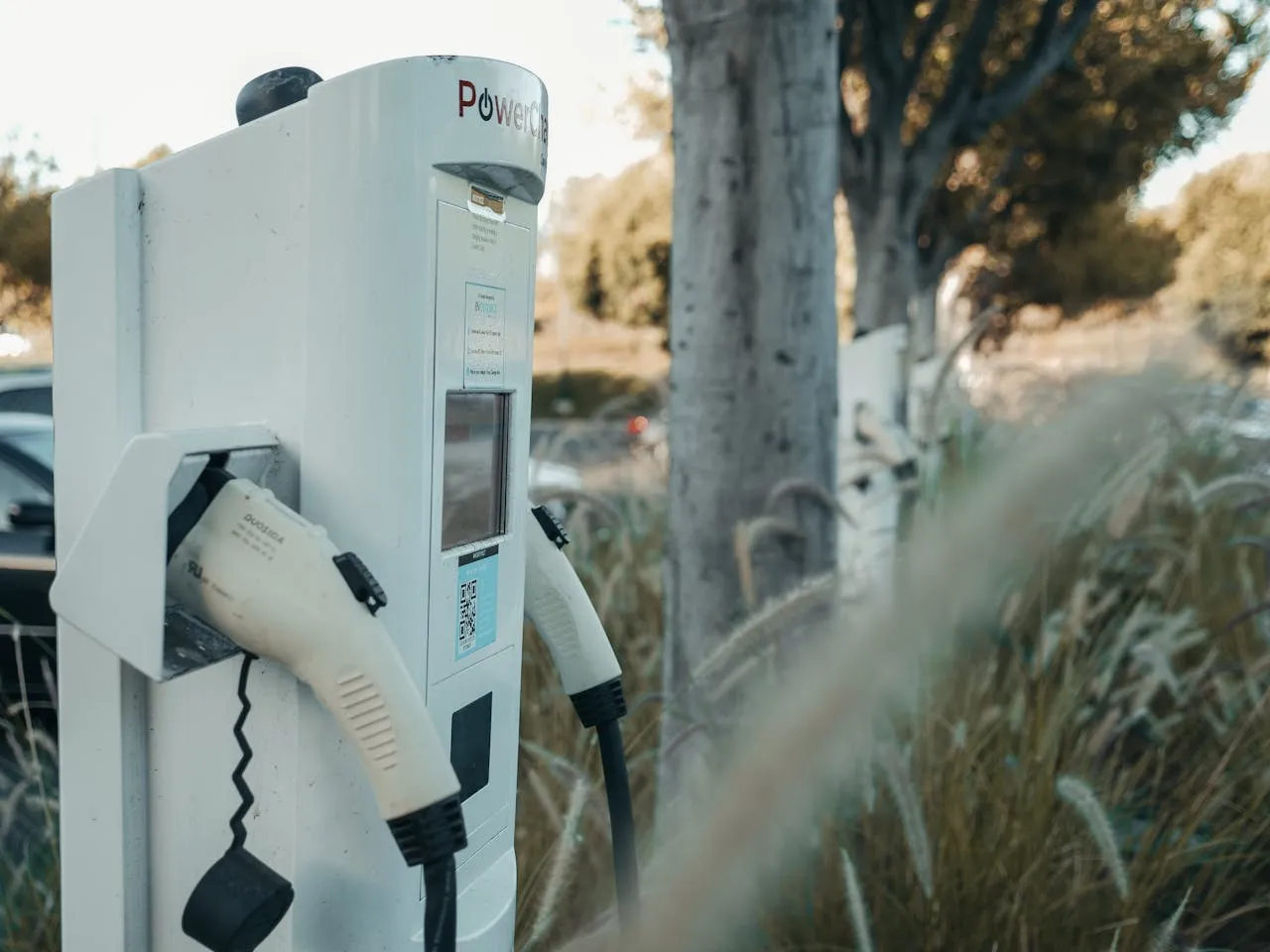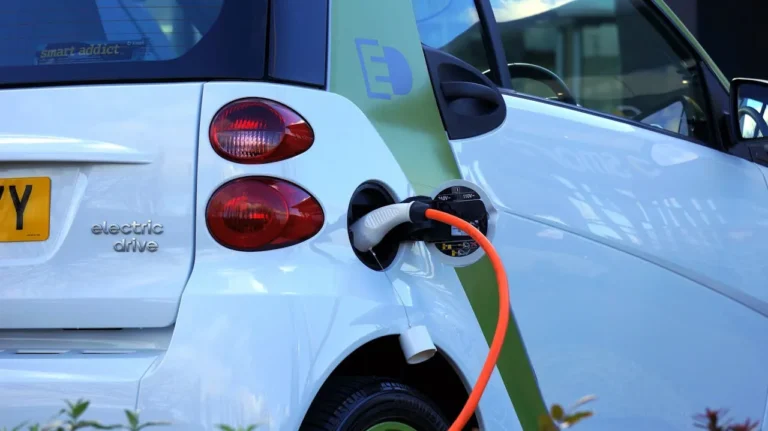
Global Bidirectional EV Charger Market Poised for Major Growth Through 2034
The global bidirectional electric vehicle (EV) charger market is entering a critical growth phase, with forecasts suggesting robust expansion from 2025 through 2034. This trend is largely fueled by rising electric vehicle adoption, growing renewable energy integration, and the increasing need for smart grid solutions. A newly released report from ResearchAndMarkets.com, titled “Bidirectional Electric Vehicle Charger Market – A Global and Regional Analysis: Focus on Application, Product, and Country-Level Analysis – Forecasts, 2025-2034,” provides an in-depth look at market dynamics, competitive landscapes, technology trends, and strategic pathways shaping this evolving industry.
Understanding Bidirectional Charging
At the core of this market lies a transformative technology: bidirectional charging. Unlike traditional EV chargers that only draw power from the grid, bidirectional chargers allow energy to flow in both directions. This enables electric vehicles not only to charge but also to discharge stored power back into the grid, buildings, or homes. This two-way power flow opens the door to applications like Vehicle-to-Grid (V2G), Vehicle-to-Home (V2H), and Vehicle-to-Building (V2B) services—collectively known as V2X.
Bidirectional charging offers a valuable mechanism for grid stabilization, especially as electric vehicle adoption increases and renewable energy sources like solar and wind—both inherently intermittent—grow their share in global energy production. EVs can now serve as mobile energy storage units, providing a buffer during peak demand or renewable energy shortfalls.
Market Growth Drivers
Several key factors are driving the expansion of the bidirectional EV charger market:
1. Surge in Renewable Energy Integration
As the global energy mix shifts toward sustainable sources, grid operators face challenges in balancing supply and demand. Bidirectional charging enables EVs to absorb excess solar or wind power and then discharge it when generation drops, contributing to grid flexibility and resilience.
2. Accelerating EV Adoption
With governments around the world setting ambitious targets to phase out internal combustion engines, the number of EVs on the road is rapidly rising. As this fleet grows, so does the demand for smart, flexible, and scalable charging infrastructure—making bidirectional chargers an appealing solution.
3. Economic Incentives for EV Owners
Bidirectional charging offers potential cost savings and revenue generation opportunities for EV owners. By discharging electricity during peak pricing periods, users can reduce their energy bills or even sell power back to the grid under certain conditions.
4. Government Support and Policy Frameworks
Numerous governments are offering subsidies, tax incentives, and regulatory support for bidirectional charging technologies. These policies are encouraging R&D investments and helping charger manufacturers bring advanced products to market faster.
5. Technological Advancements
Recent innovations in battery chemistry, charging hardware, and communication protocols are improving the reliability, efficiency, and affordability of bidirectional systems. This technological evolution is facilitating faster adoption across residential, commercial, and fleet applications.
Competitive Landscape and Market Strategies
The bidirectional EV charger market is becoming increasingly competitive, with companies pursuing various growth strategies to strengthen their presence. These include:
- New Product Development – Innovating next-generation charging solutions with faster charging speeds, higher power outputs, and smarter energy management features.
- Strategic Partnerships and Joint Ventures – Collaborating with automakers, utility providers, and technology firms to create integrated solutions.
- Geographic Expansion – Tapping into emerging EV markets in Asia-Pacific, Latin America, and the Middle East.
- Mergers and Acquisitions – Acquiring niche players or complementary technology providers to enhance capabilities and portfolios.
Among the most widely adopted strategies are market development activities—extending reach into untapped regions or customer segments.
Notable Players in the Market Include:
- ABB
- Delta Electronics, Inc.
- Wallbox Chargers, S.L.
- Emporia Corp.
- Fermata Energy
- The Mobility House
- Indra Renewable Technologies Limited
- Hyundai Mobis
- Enel Spa
- Siemens AG
- Power Research Electronics B.V.
- JET Charge Pty Ltd
- Autel Energy
- Blink Charging Co.
- Denso Corporation
- Rectifier Technologies
- Toyota
- Hitachi
Segment Insights
The report provides a comprehensive breakdown of the market by various segments:
By Propulsion Type
- Battery Electric Vehicles (BEVs) are expected to dominate the market due to their larger battery capacities and longer operational life compared to Plug-in Hybrid Electric Vehicles (PHEVs), making them more suited for V2X applications.
By Application
- The Vehicle-to-Grid (V2G) segment is projected to lead due to its pivotal role in providing ancillary services like frequency regulation and peak load management.
By Source
- OEMs (original equipment manufacturers) are anticipated to dominate the market, integrating bidirectional charging features directly into new vehicles and charging infrastructure.
By Deployment
- The domestic charging segment is forecast to hold a significant share, driven by consumer interest in home energy management and energy cost savings.
By Charging Type
- Chargers with < 20 kWh capacity are expected to lead the market initially, offering affordability and suitability for residential use. However, the 20–40 kWh and 40–100 kWh categories are likely to gain momentum with commercial and fleet applications.
Regional Outlook
The regional analysis highlights North America, Europe, and Asia-Pacific as key markets, with North America and Europe showing the fastest early adoption due to strong policy support and higher EV penetration.
- North America: Spearheaded by the U.S. and Canada, the region benefits from government programs encouraging smart grid development and residential solar integration.
- Europe: The EU’s Green Deal and Fit for 55 legislative package are key drivers, along with countries like Germany, the UK, and the Netherlands implementing pilot V2G projects.
- Asia-Pacific: Countries like China, Japan, and South Korea are investing heavily in smart infrastructure and EV deployment, creating fertile ground for bidirectional charging technology.
Comprehensive Market Framework
The report delves into various analytical dimensions, including:
- Stakeholder and Use Case Analysis
- Regulatory Landscape and Patent Trends
- Technology and Cost Assessments
- Supply Chain and Value Chain Breakdown
- Market Attractiveness and Future Roadmap
- Technical Maturity and Grid Integration Levels
Each of these components provides a detailed understanding of how the market is evolving and where opportunities lie for stakeholders across the value chain.







